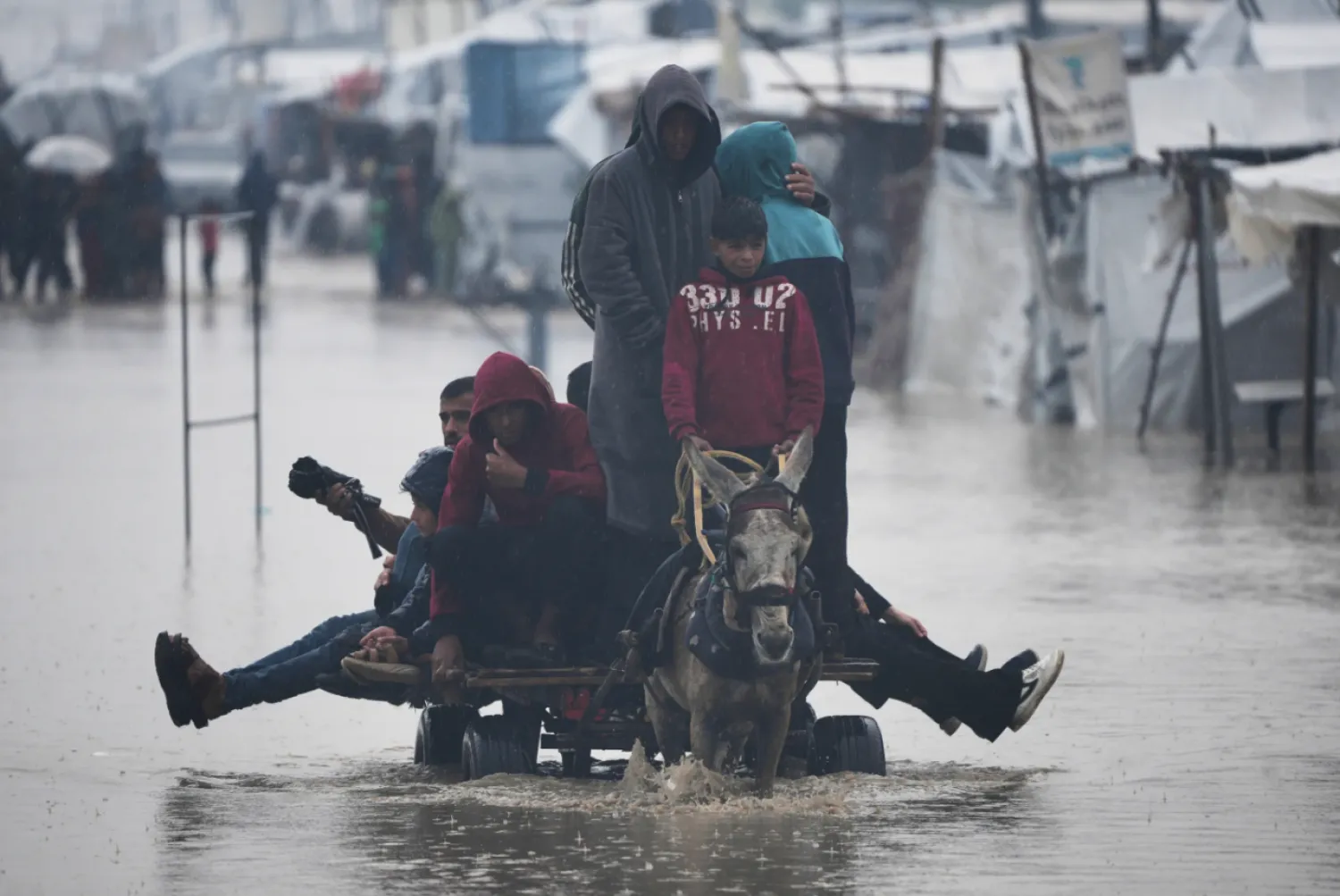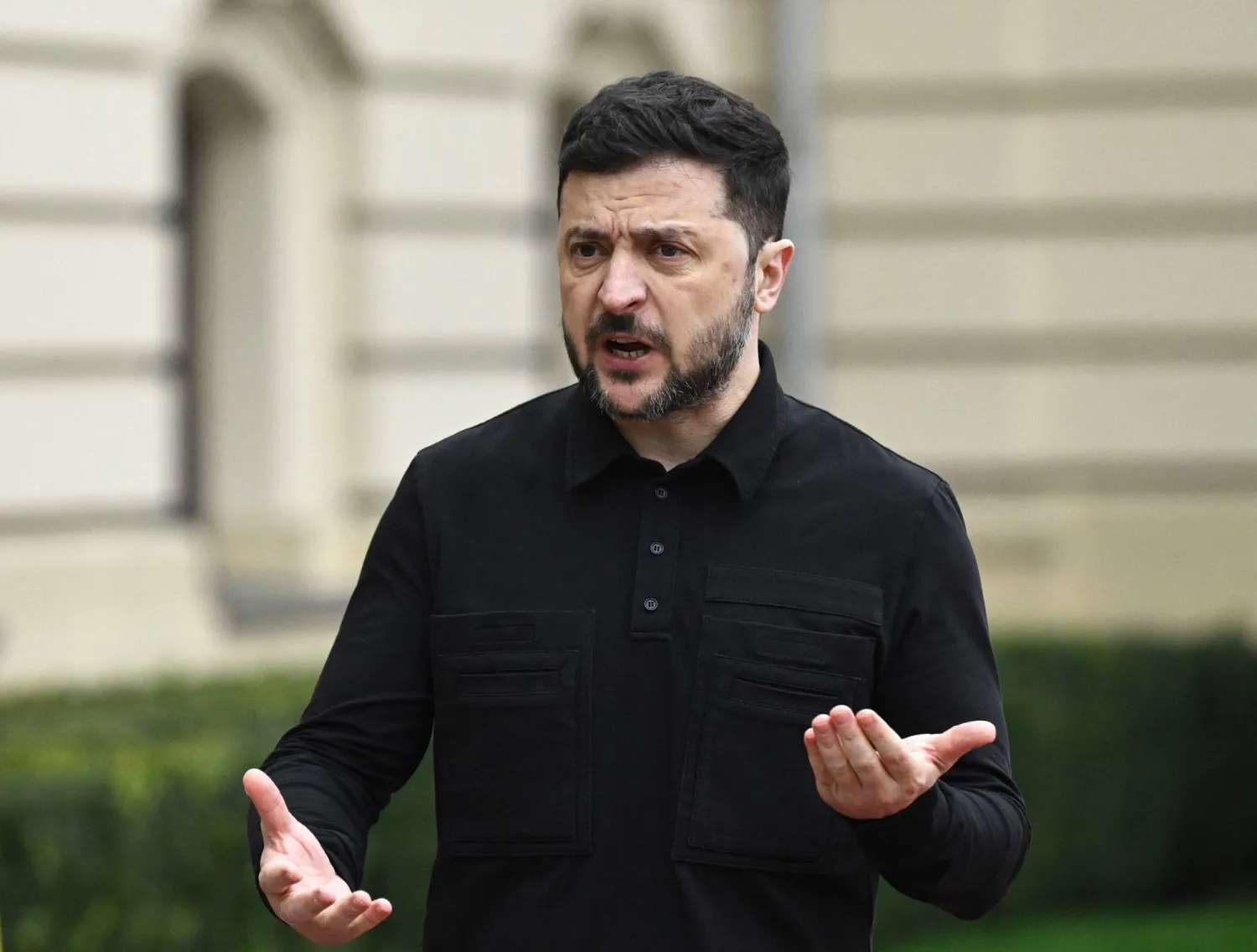In recent years, Soraya Pahlavi has been a subject of intense attention among Iranian users on social media for a variety of reasons, the most common of which is her “beauty.”
From when she left Iran on February 13, 1958 to when the revolution broke out in 1979, there was a total news and image embargo on Queen Soraya. In the age of internet, however, the story of her life, quotes from her memoirs and her pictures have now become widely available and met with a rapturous welcome from a new generation.
On Monday, June 22, Queen Soraya’s birthday, her images seemed to fill my Instagram feed: Who was Soraya Esfandiari, second wife of late Mohammadreza Shah Pahlavi?
Soraya Esfandiari Bakhtiari was born on June 22, 1932 in Isfahan from an Iranian father and German mother.
The attention shown to a woman that has had seemingly little role in the contemporary history of our country gave me an excuse to, on the occasion of her birthday and spreading around of her beautiful and attractive pictures, revisit her life and pose a question: How did her marriage to the young Shah affect Iranian history? On social media, most users seemed to be more interested in her wealth and how she had little interest in Iran or Iranians; otherwise why did she not donate her wealth to the Iranian people and instead gave them to charities who help the disabled in France or dogs in Paris?
The Shah of Iran is said to have been madly in love with Queen Soraya. After seven years of marriage, under pressure from his family and the Senate, he divorced Soraya. The monarchy needed an heir and Soraya had failed to produce one.
There is no detailed account of why the Shah got a divorce from his first wife. Based on accounts by those close to the court, Queen Fawzia got the divorce on the insistence of her brother (King Farouk) and pressure from the Egyptian court.
The good Iranian-Egyptian relations had been tarred. Fawzia was called to Egypt and not allowed to go back to Tehran. From this first marriage of the Shah, a daughter, Shanaz, was born who stayed in Iran and, during Shah’s marriage to Soraya, was sent to dorm schools in Switzerland.
Shah’s marriage to Soraya started with love. The 17-year-old girl, from a Bakhtiari tribal background; granddaughter of Ali Qoli Khan, the legendary chieftain and revolutionary; stole the heart of the young Shah with her emerald eyes. She was Shah’s only wife who used the title Malake. i.e. Queen (Shah’s next wife, Farah Diba, gained the title “Shahbanoo” or empress).
According to the doctors, Soraya had no fertility problem. Why couldn’t she bear a child then? Perhaps typhoid fever, nervous reasons, stress of marrying a royal family or the chaos that ensued Iran following the coup d’etat of August 1953 and Shah’s sudden leaving of Iran for Italy during those heady days.
Whatever the reason, the young woman who had married a king at the age of 17 was not so lucky.
The Imperial State of Iran created an all-female order in her honor, named the Order of the Pleiades. The title referred to her name since Soraya is a Persian name for the famed star cluster of Taurus, Pleiades (in English, it’s sometimes called the Seven Sisters). The order is made of blue enamel, decorated with seven diamond stars that stand for the star cluster.
But the number seven didn’t augur well for Queen Soraya’s life. Her marriage also only lasted exactly seven years. On the very day after the seventh anniversary of her marriage to the Shah, on February 13, 1958, she left Iran forever.
Queen Soraya left Iran with a broken heart. Whenever I think of her life, I am filled with sadness for how much unkindness she saw. One day she was a Queen, revered everywhere; then suddenly turned into a divorcé whose infertility was known everywhere. All media could talk about was her divorce and her inability to bear a child. No woman can accept such humiliation; especially since she was not an ordinary woman and had become known around the world.
The title Queen was taken away from her and instead she was allowed to be called a “Shahzade Khanum” like the sisters of the Shah.
After the divorce, all her pictures were ordered to be taken down from streets and schoolbooks. The media were not allowed to report on the former queen.
She wasn’t allowed to travel back to Iran either. Soraya had to be obliterated from history so that Shah’s new wife could appear unrivaled. It is said that Mohammadreza and Shah, as humans, loved each other to the last day. Queen Soraya never took off the diamond ring of marriage the Shah gave her. According to a credible source, she wanted to come see the Shah in Cairo in his last days but was never able to.
For a woman born and bred in Iran, and educated there, it must have been so difficult to be barred from the homeland. At the age of 15, when her father was made ambassador to Berlin, Esfandiaris left Iran. She was 16 when Shah’s sister saw Soraya in a party organized by the embassy in London and thought her a suitable match for her brother.
Shah married Soraya seven years after he had divorced Fawzia. His marriage with Soraya also lasted seven years. Two years after their divorce, he married Shahbanoo Farah Pahlavi.
The heir to the throne was born one year after Shah and Farah had married; the crown prince was born more than 20 years after his father had been on the throne. At the time of the revolution, the crown prince was too young to assume the throne for his father; an event that could have help change Iranian history.
Fate has many games in store. The Shah of Iran, following three marriages and five kids, was unable to see his son ascend to the Peacock Throne. From the two sons that came out of Shah’s marriage to Farah, Crown Prince Reza Pahlavi is the only one alive. His younger brother, Prince Alireza, ended his life in Boston in January 2011.
The political future of Reza Pahlavi, the only remaining son of the late Shah, and his views on the monarchical system, is a question often asked by Iranians today.
When he turned 20, Reza Pahlavi could now assume the throne, based on Iran’s old constitution. In Cairo, he swore loyalty to the constitution.
From the very first days when the Shah ascended the throne, the succession issue became key to many political and social debates. Forty-three years after the 1979 revolution ended the monarchy, the debate continues and engages proponents and opponents of the monarchical system.
Recently, a voice file was published in which Reza Pahlavi could be heard saying: “I personally prefer a republic to a hereditary monarchy.” This led to many reactions. Was the crown prince resigning from the monarchy?
Reza Pahlavi also has no male heir or nephew. His brother’s only child was a daughter.
On the 89th birthday of Queen Soraya, a woman driven away because she couldn’t give birth and replaced by a woman who could give Iran a crown prince, we have revisited the debates on succession in the Pahlavi dynasty; a debate that has never left Iranians ever since Mohammadreza Shah married the Egyptian princess Fawzia in 1939. Almost a century later, the debate still goes on.
Queen Soraya died on October 26, 2001 in Paris. She was 69 years old.









